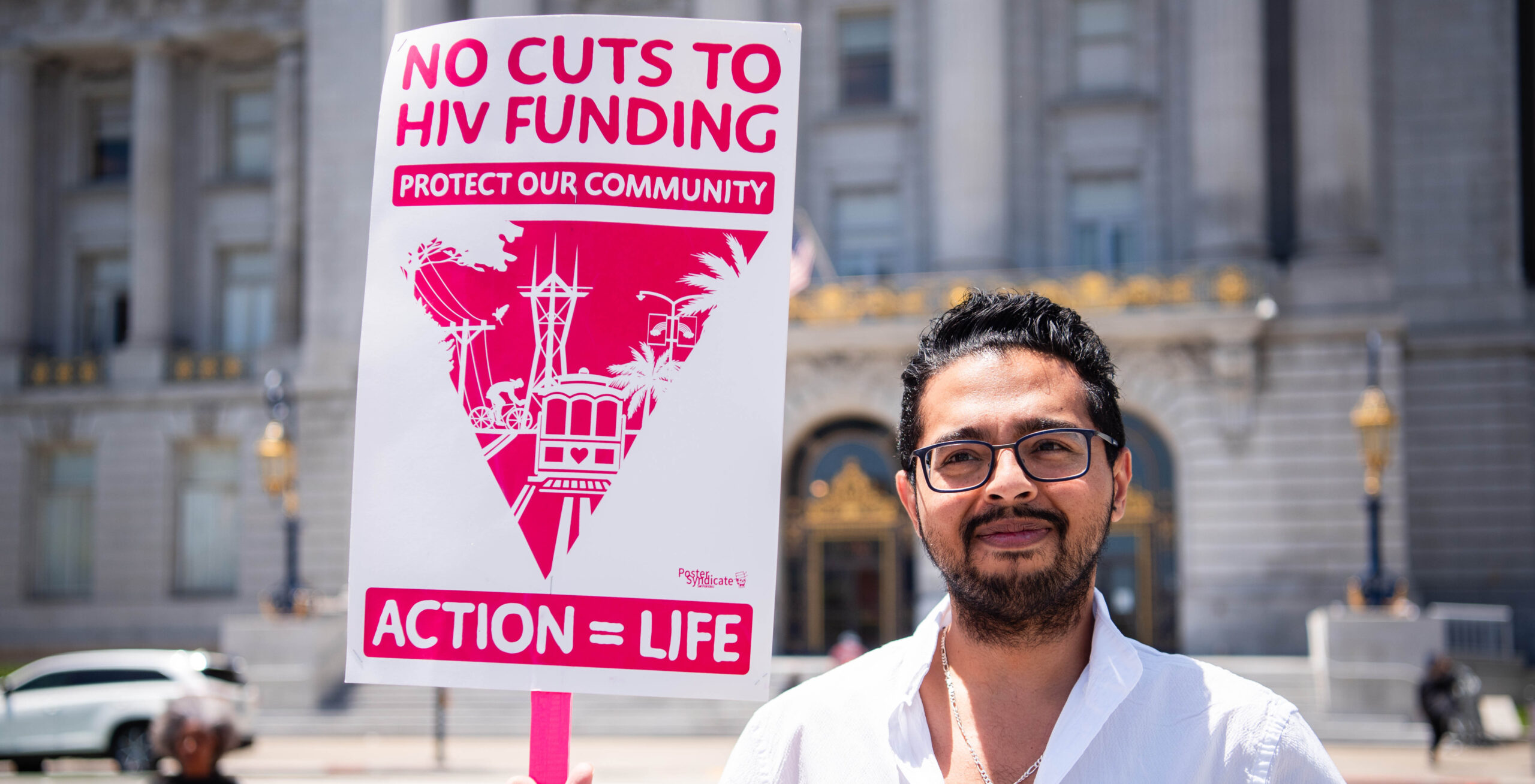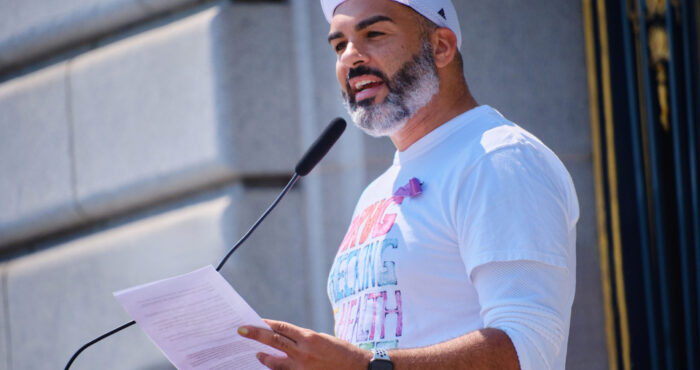Unrecognized HIV crisis in Latinx community revealed by new report

Nuevo informe revela la crisis de VIH en la comunidad latina no reconocida [Spanish]
In a recent article published in AJPH, researchers from the Center for Latino Adolescent and Family Health at New York University promote and share startling data about the impact of HIV on Latinx communities in the U.S., pointing to a neglected and accelerating public health crisis.
“The sustained, widening, and largely unrecognized HIV disparity among US Hispanics/Latinos is a pressing public health emergency,” the authors wrote.
“When we think about the Latino/Hispanic community, I think there’s a tendency for things to go unrecognized,” said Vincent Guilamo-Ramos, PhD, MPH, LCSW, ANP-BC, AAHIVS, the lead author. “Latino/Hispanic HIV incidence has been going up both in terms of new diagnoses and also estimated incidence of new infections, and those increases haven’t really been fully recognized. This article was a way of drawing attention and saying, ‘Hey, we need some focus here as well’ because with focus comes the possibility of actually having some of the progress that’s been made elsewhere also benefit the Latinx community.”
Guilamo-Ramos and colleagues highlight three key Latinx sub-populations most affected by HIV: young Latinx men who have sex with men; trans Latina women; and, recent Latinx immigrants. Annual HIV infections among Latinx gay men have increased by 30% since 2010, an estimated one in four trans Latinas is living with HIV, and at least one in three new HIV diagnoses among Latinx individuals in 2017 were among individuals born outside the U.S. (with the majority of infections happening in the U.S.).
What is surprising, said Guilamo-Ramos, is the existence of “HIV transmission clusters” that have been identified by the CDC. In these networks of individuals who are connected socially, sexually or through drug use, HIV transmission is occurring at rates up to 33 times the national average.
“What emerges is that they are heavily composed of young people, persons of color, who are Latino and also men who have sex with men,” said Guilamo-Ramos.
Identifying the unique challenges faced by these individuals—for example, HIV-related stigma, language barriers, mistrust of health systems and lack of culturally appropriate care—is essential so that local and national programs can address needs.
Access to PrEP—highly effective medication that can reduce risk of HIV by more than 99%—is essential to reducing HIV transmissions in Latinx populations.
“PrEP has the potential to have a dramatic impact on the communities that are disproportionately impacted,” said Guilamo-Ramos. But at this point, one unintended consequence of PrEP is that in some ways it’s exacerbating disparities because white communities are achieving fairly high levels of PrEP coverage while communities of color including Latino communities are not. The idea of PrEP as the way forward is very important.”
On a structural level, lack of insurance-related access to health care remains the most significant barrier to HIV prevention and care. Latinx individuals, including those born outside the U.S., are the most uninsured and underinsured racial/ethnic group in the U.S.
With approximately 59 million Latinx residents in the U.S.—and a population expected to double by 2060—effective HIV public health responses tailored to Latinx communities are much needed.
“Failure to address gaps in the national response to the Hispanic/Latino HIV crisis has significant population-level implications for the fight against HIV/AIDS,” the authors said.
The authors outline a few priority areas for the CDC plus federal, state and local partners, including reducing HIV stigma by normalizing HIV prevention and treatment, ensuring cost-free access to HIV treatment for undocumented immigrants, collaborating with Latinx community leaders, and more.
“I want folks to know that on the policy level, we’ve got to create bridges for Latino communities to be able to access culturally competent care, and think about how to better engage a Latino community along that whole continuum,” said Guilamo-Ramos.
Reference:
Guilamo-Ramos, V. and colleagues. The Invisible US Hispanic/Latino HIV Crisis: Addressing Gaps in the National Response. AJPH, January 2020.










